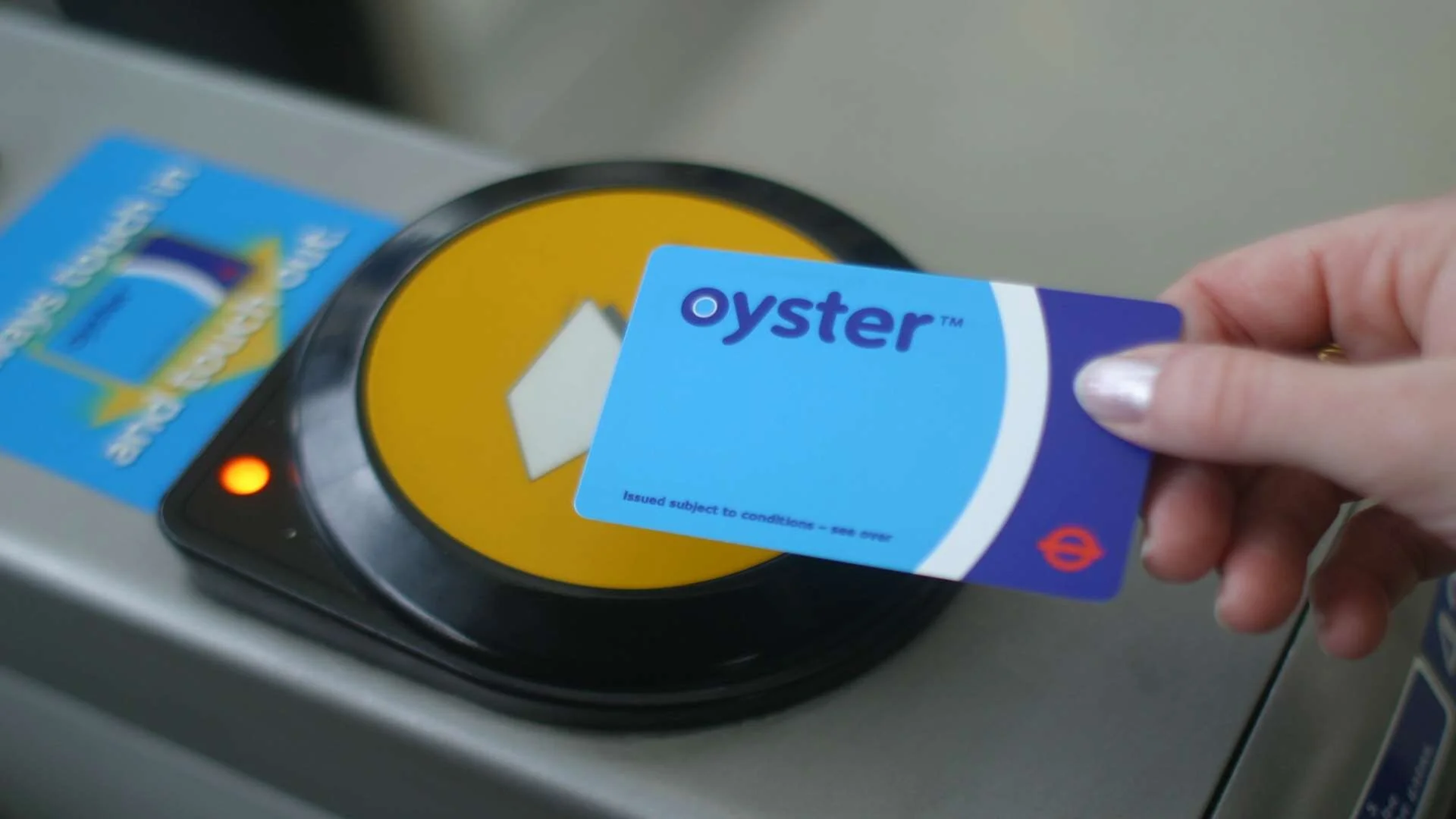LONDON UNDERGROUND
The London Underground is the best, easiest and fastest way to get around London.
The London Underground is made up of 11 different train lines which intersect and weave their way across London from 5am - midnight on most days.
Better known as ‘The Tube’ and opened in 1863, the London Underground is split into nine travel zones with central London (and most of the major London attractions) falling into zone 1. Tube zones 6-9 each fall on the outskirts of the city and so it’s unlikely you’ll be visiting these areas unless you’re visiting for a specific reason or purpose.
Regarded by many as the best train and subway system in the world, the tube is a very busy place with workers, tourists and everyday people going about their daily lives. Fortunately services on each line are frequent and so, if you miss your train or it’s too crowded, you usually have to wait no longer than 5 minutes for the next one.
How much is the London Underground?
The price of using the London Underground depends on how far you travel, the time of day you’re travelling and your method of payment.
Most people use an Oyster Card. An Oyster Card is a pre-paid card which can be used on all London Underground trains and London buses simply by tapping on and off as you start and finish your journey. You can buy a Visitor Oyster Card or a normal Oyster card. Standards Travelcards or contactless payment card options are also available.
For full details about how to buy an Oyster Card and fares on the London Underground please visit the Transport for London website.
If you plan on travelling around London to do sightseeing or visit some of the best London tourist attractions, you can also buy a London Pass and save even more money.
Is there a London Underground map?
Yes, there is a London Underground map. Free Tube maps are available from all London Underground Stations, Tourist Information Centres and on arrival at Heathrow Airport. There are also plenty of Transport for London (TFL) staff available at every London Underground station to help you if you have any questions on your journey.
Each London Underground line is represented by a different colour and some lines use more modern trains than others. Use the key on the map to identify the names of the different lines and be sure to note which stations intersect allowing you to change lines for easier commuting - For example, Oxford Circus (in the middle of the map) allows you to change between the Central (red), Victoria (Light Blue) and Bakerloo (brown) lines. Understandably stations which lie in Central London (zone 1) are the busiest.
What is the term ‘Mind The Gap’?
One of the London’s most famous phrases is ‘Mind The Gap’ and when travelling on the London Underground you’ll almost certainly hear it on all the trains and platforms. When boarding and disembarking a train you’ll notice that there is often a ‘gap’ of about 8cm between the train and the platform. Be sure to be aware of it, be careful and have a firm grip on all of your belongings so that they don’t fall through the gap and onto the tracks. Also always be sure to stay away from the platform edge and behind the yellow line when waiting for a train.
When boarding and disembarking a London Underground train, don’t push your fellow commuters or rush for the closing train doors as they are automatic - remember the next train is likely only 2-3 minutes away!
Tips when using the London Underground
When travelling on the London Underground there are a few unwritten rules that you should do your best to follow at all times. The London Underground is a busy place and nothing makes the locals more angry than someone who is a hindrance to fellow commuters when using the tube.
Avoid travelling during rush hours (weekdays 7-9am and 5.30-7pm).
If you need to travel during the rush hours then never take any large objects.
Check the front of the train for the correct destination.
Stand on the right when using escalators at the station - NEVER forget this!
Wait for passengers to leave the train before boarding.
Move down inside the train carriages while travelling.
Stand behind the yellow line whilst waiting for the train on the platform.
Offer your seat to anyone who is unwell, elderly or pregnant.
Hold onto the rails if you are standing during your journey.
Mind the gap!





